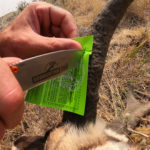LAST UPDATED: April 19th, 2022
Looking to hit the road in search of gobbling turkeys this spring? No other animal offers the roadtrip hunting opportunities you’ll find with turkeys. But do you know the best states to hunt?
Like with deer hunting, some turkey hunting states take all the glory. The rest are largely disregarded or ignored as great destinations to hunt wild turkeys. These are some of those places.
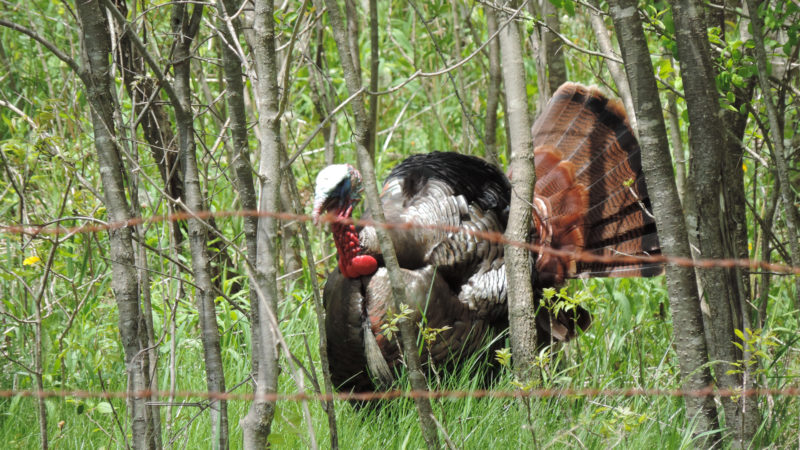
Northeast
Everyone talks about Pennsylvania. That’s understandable. It has a very rich hunting heritage — perhaps one that’s greater than any other state in the region. Still, there are others nearby with incredible opportunities.
Connecticut is one of those places. It’s a small state with a small population of turkeys (less than 40,000). But those who can find a place to hunt will enjoy minimal hunting pressure and even viable public lands to chase birds on. Licenses and permits are pretty cheap, too.
New Hampshire has a slightly larger turkey population than Connecticut, and a little more land to roam. It’s hunter-to-turkey population ratio is slightly worse, though. Still, it’s a surefire place to go. Licenses and permits are reasonable.
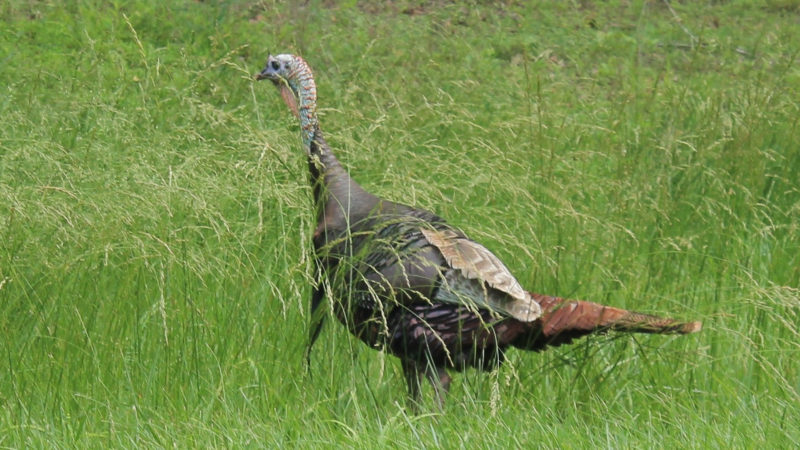
New York is a pretty attractive location to chase longbeards, too. While it’s down from historical numbers, it harbors a strong population of about 175,000 birds, and about 90,000 permits going up against them. The best part — lots and lots of public lands.
Vermont is the final underdog of the Northeast region. With about 50,000 turkeys, and only about 18,000 licenses sold, that’s a reasonable turkey-to-hunter ratio. Translation? Less pressure and bigger, older birds. Licenses and permits are slightly higher than other New England states on this list, but prices are still in the same ballpark.
Southeast
In the South, it’s all about Alabama, Florida, Georgia, Tennessee and Texas. Those are the five kings of the turkey hunting world, and no one is ever allowed to forget it. While these states are great, there are others that also produce.
Kentucky is on that list. Sure, it might not be underrated by some. But it’s significantly overlooked in relation to some of its southern companions. The Bluegrass State has more than 425,000 birds and less than 100,000 hunters. Pressure is fairly limited, and there’s decent swathes of public lands throughout the western, eastern and northern sections of the state. License and tag prices are pretty high, though.
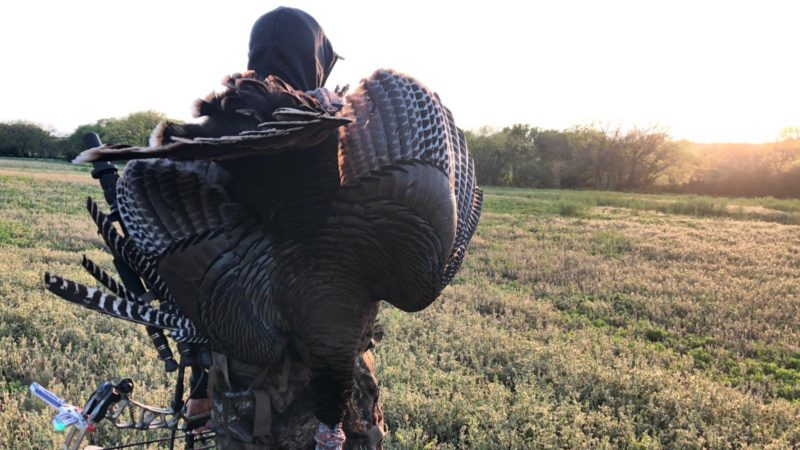
Mississippi is another state to make the list. It’s also one of the few places that it’s illegal (statewide) to kill a jake. Because of this, it has a higher percentage of 2-year-old birds than most of its neighbors. With nearly a quarter of a million turkeys, and only about 40,000 hunters, there’s plenty of longbeards to go around.
North Carolina is a similar story. It doesn’t have quite as good of habitat as its western neighbor, but it still does well. With more than 250,000 birds, and little more than 50,000 hunters, it’s certainly possible to find receptive birds, and perhaps even a piece of public ground all to yourself. Out-of-state tag pricing reciprocates. Depending on your state of residency, it can be pretty cheap to hunt there.
Midwest
In the Midwest and Heartland, Kansas and Wisconsin (usually) take top honors. These are the places that get the most headlines and fame. There are a few other options that fly under the radar, though.
Iowa is one of those. It’s known for big bucks, but big birds live there, too. It isn’t cheap to hunt Hawkeye State gobblers, but it’s well worth the price of admission. The downside? Lottery tags and limited public lands.
Nebraska is full of turkeys and not many resident turkey hunters. Many who hunt there come from abroad. From a midwestern perspective, there are lots of birds and tags are affordable. There’s a lot of public land to roam, too. It’s an especially great place for early-season bowhunters.
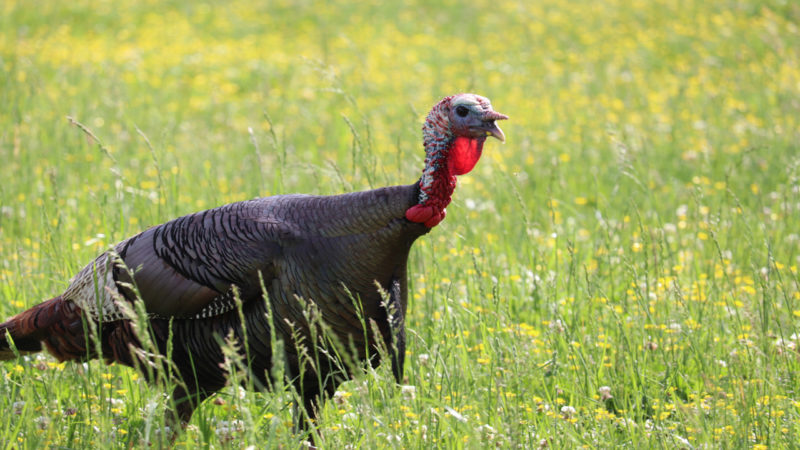
Ohio is an emerging star in the deer hunting world. It’s pretty solid on the turkey front, too. In recent years, the population has grown. Thanks to a lot of hunters, the hunter-to-turkey ratio isn’t great, but there is a lot of public ground to locate and kill a turkey on.
Oklahoma is another overlooked place. Most of the turkeys are found in pockets, and they’re certainly in good number within those locations. The cost to hunt is reasonable, and hunters have access to multiple subspecies.
West
Colorado, Montana and Wyoming are likely the most popular western states in which to hunt loud-mouthed longbeards. Others are just as good (if not better), though.
California is on that list. If you can accept the liberal laws, and get passed the limited volume of public land that holds birds, it can be a great place to hunt. Approximately 250,000 turkeys call it home, and if hunting for only a couple days, you can do so for a little over $50.
Idaho is an excellent place if a public-land turkey is your goal. In fact, the majority of the state’s birds live on lands open to all hunters. That said, it’s full of unforgiving terrain, and is certainly not a cheap place to hunt.
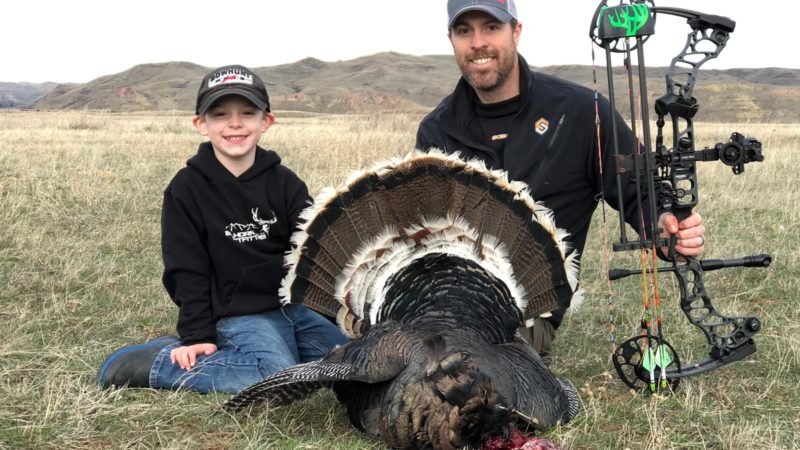
Oregon isn’t a state most hunters think about, but it has a solid population of turkeys, and few hunters to chase them. Those who do enjoy a 50% success rate. The bad? It’ll cost more than $200 to buy a license and tag.
Washington isn’t home to a lot of turkeys. At least, not in comparison to eastern states. With around 30,000 birds and less than 20,000 hunters, it’s a pretty good destination, though. Furthermore, non-resident costs run little more than $100, and it’s even home to three different subspecies in a relatively small area.
Conclusion
All things considered, a turkey hunt is only good as you make it. Someone hunting in the worst state can have a better outcome than someone in the best one. That’s important to remember.
Where will you be hunting this spring?
Comment below and let us know.

 By
By 
